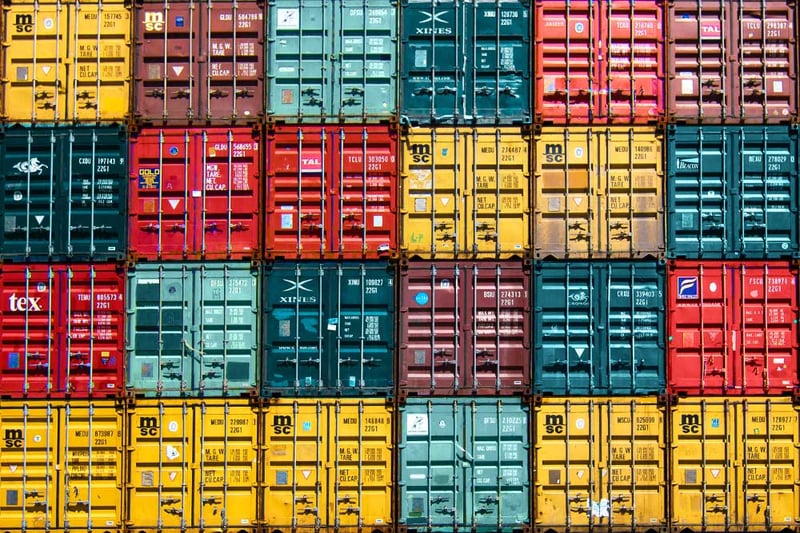
The problem of an application or software failing to run properly when moved to another environment is as old as software development itself. For example, the new environment is set up slightly differently than the environment in which the software was created. That is why software development technologies are also increasingly adopting a method that uses containers.
What is containerization?
A container is a standard software package that contains an application's code as well as the associated configuration files, libraries, and dependencies required to run the app. In this way, developers and IT professionals can seamlessly deploy applications in different environments.
The container concept enables developers to build environments using functional blocks with each just one task. The idea is to divide an application into components, each of which has a single function or active process. A WordPress application, for example, is made up of three parts: a web server, a PHP engine, and a database server. Each of these functions will be carried out in its own container. In this method, each function is completely isolated from the others, and many containers can coexist on a single OS instance (e.g., a VM), just like on a container ship.
Benefits of Containerization
- Containerization facilitates the replacement of application components, such as during an upgrade.
- By launching some containers more frequently, containerization makes it easier to scale an application.
- Containers are smaller, and therefore spin up and work faster.
- Furthermore, Development, Test, and Acceptance become more representative of Production, making errors easier to identify.
- Fewer OS instances are required, requiring less hardware.
- Containerization allows for greater automation of the production process, i.e. from code commit to go-live (CI/CD).
- Increased automation allows the company to bring applications and changes to market faster and at a lower cost.
However, containers are not flawless and have their disadvantages and limitations as well. To begin, developing, launching, and effectively managing a container strategy necessitates a surprisingly large amount of setup work. There is insufficient app support and dependency, and despite emerging technologies, there is currently no complete solution. Additionally, in many cases there are not enough qualified, skilled and experienced experts in the field.
Containerization or VPS?
VPSs and containerization are similar in some ways. For example, they both allow for full isolation of applications so that they can be operational in multiple environments. Where the main differences lie are in size and portability.
Typically, a VPS is bigger than a container and on top of that, it has its own OS, which allows it to perform multiple resource-intensive functions at once. Containers are smaller and work well with newer and emerging technologies like clouds, CI/CD, and DevOps.
Tilaa: your preferred cloud partner
At Tilaa we believe that progress begins with creating space for new ideas. That’s why we provide a rock-solid foundation for tomorrow’s businesses. We offer our turn-key, fully automated cloud solutions and are experts in areas such as security and privacy.
We are currently working hard on developing serverless containers for our users. We want to develop and deploy this service later this year. Would you like to know more about this or be kept up to date on all developments? Then sign up for our biweekly newsletter, in which we keep you up to date on Tilaa developments and news in our field.


